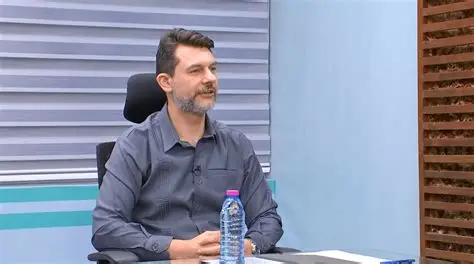A report released by the Ghana Statistical Service highlighting the multi dimensions of poverty in Ghana indicates that families headed by men are poorer than families headed by women in the country.
Instructively, the report shows that male led families in the country are more than 70%.
“The male headed households’ headcount ratio is about 7 percentage points higher than that of the female headed households. Similarly, the distribution shows clear evidence of male headed households being more multi-dimensionally poor than their female counterparts. However, it is worth noting that almost 71 percent of households in Ghana are headed by males.”
Excavating the nuances between the two headed families, the GSS found out that, women headed homes have more assets than men. This, notwithstanding, families led by men topped ten out of the 12 indicators used by the GSS to measure the Multidimensional Poverty Index (MPI) in the country.
“School attainment is equal for both gendered headed households, while female headed households seem to be less deprived in all other indicators, except for assets where male headed households are extremely less deprived than their female counterparts.”
The MPI identifies multiple deprivations at the household and individual level in health, education and standard of living. The GSS targeted some specific indicators to measure the health, education and standard of living of not just the above groups but the entire population.
The 12 indicators include; electricity, water, housing, assets, overcrowding in households, cooking fuel, sanitation, school attendance, school attainment, school lag, nutrition and health insurance.
According to the report, 45.6% of the Ghanaian populace is multi-dimensionally poor. This suggests that,

“at least two out of every five Ghanaians are identified as multi-dimensionally poor.”
The study dug deeper than just the prevalence of multi-pronged poverty in the country. The intense nature of this prevalence, according to the study is that, poor people in the country are deprived of at least six indicators of the MPI.
“The intensity of poverty, which reflects the share of deprivations each poor person experiences on average, is 51.7 percent. That is, each poor person is, on average, deprived in about 52 per-cent of the weighted indicators–implying that a multi-dimensionally poor person is deprived in six of the 12 weighted indicators, on average. For example, a person may be deprived in two of the five education and health indicators, in addition to four living standards indicators.
“27.5 percent are both multi-dimensionally poor and deprived in modern housing features (flooring and wall). However, it is evident that few people are multi-dimensionally poor and deprived in the ownership of small assets (13.2%). This share of the population does not have more than one small asset (radio, TV, telephone, bike, motorbike, refrigerator, or computer) and do not own a car.”
The GSS also indicated the necessity of the report.
“The purpose of Ghana’s National MPI is to monitor key simultaneous disadvantages that affect multi-dimensionally poor people. The indicators constituting Ghana’s MPI reflect national priorities. Ghana’s MPI will be used to monitor and evaluate progress across a set of interlinked and policy-responsive Sustainable Development Goals and targets that are of recognised national and global importance.”























